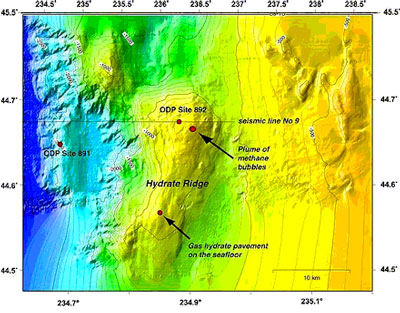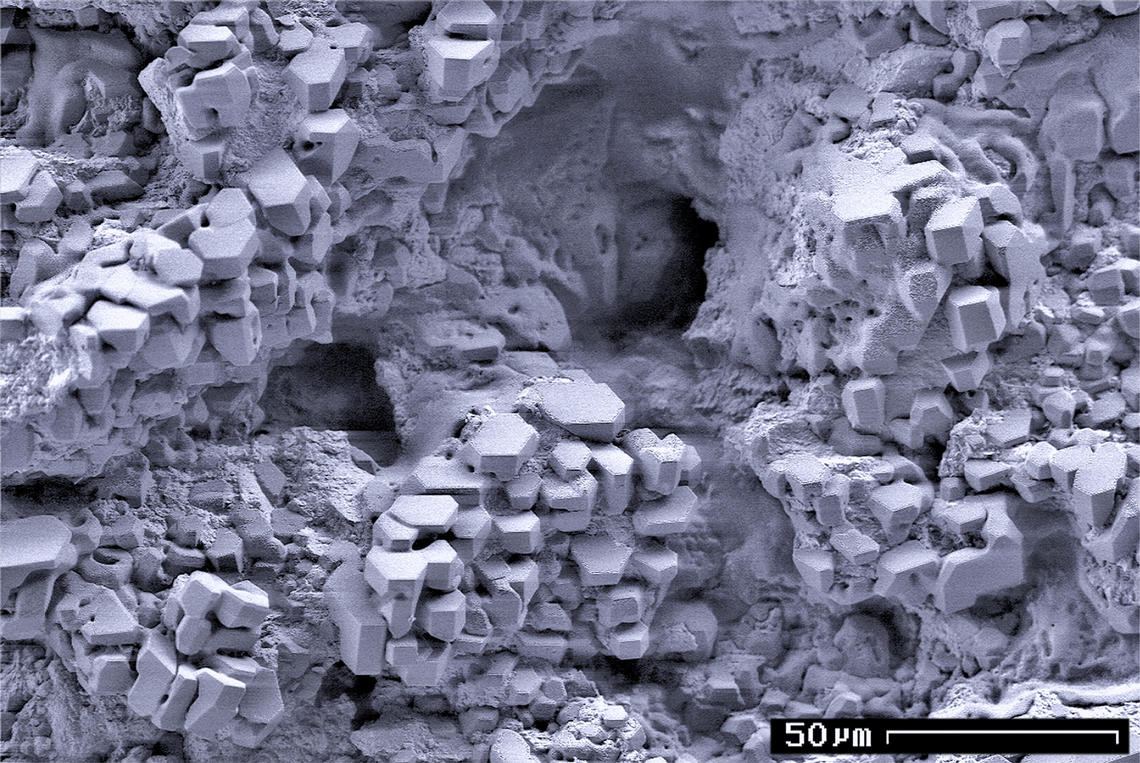|
Cuthona Methana
''Cuthona methana'' is a species of sea slug in the family Tergipedidae. It is small, only 4 to 6 millimeters in length, with long gills. ''C. methana'' was discovered on a seafloor at Hydrate Ridge, with layers of methane hydrate, which is a mixture of seawater and methane. It was named for being discovered near methane bubbling out of the seafloor, giving the species name In taxonomy, binomial nomenclature ("two-term naming system"), also called nomenclature ("two-name naming system") or binary nomenclature, is a formal system of naming species of living things by giving each a name composed of two parts, bot ... "methana". References {{Taxonbar, from=Q61706130 Gastropods described in 2018 Tergipedidae Molluscs of the Pacific Ocean ... [...More Info...] [...Related Items...] OR: [Wikipedia] [Google] [Baidu] |
Animal
Animals are multicellular, eukaryotic organisms in the Kingdom (biology), biological kingdom Animalia. With few exceptions, animals Heterotroph, consume organic material, Cellular respiration#Aerobic respiration, breathe oxygen, are Motility, able to move, can Sexual reproduction, reproduce sexually, and go through an ontogenetic stage in which their body consists of a hollow sphere of Cell (biology), cells, the blastula, during Embryogenesis, embryonic development. Over 1.5 million Extant taxon, living animal species have been Species description, described—of which around 1 million are Insecta, insects—but it has been estimated there are over 7 million animal species in total. Animals range in length from to . They have Ecology, complex interactions with each other and their environments, forming intricate food webs. The scientific study of animals is known as zoology. Most living animal species are in Bilateria, a clade whose members have a Symmetry in biology#Bilate ... [...More Info...] [...Related Items...] OR: [Wikipedia] [Google] [Baidu] |
Mollusca
Mollusca is the second-largest phylum of invertebrate animals after the Arthropoda, the members of which are known as molluscs or mollusks (). Around 85,000 extant species of molluscs are recognized. The number of fossil species is estimated between 60,000 and 100,000 additional species. The proportion of undescribed species is very high. Many taxa remain poorly studied. Molluscs are the largest marine phylum, comprising about 23% of all the named marine organisms. Numerous molluscs also live in freshwater and terrestrial habitats. They are highly diverse, not just in size and anatomical structure, but also in behaviour and habitat. The phylum is typically divided into 7 or 8 taxonomic classes, of which two are entirely extinct. Cephalopod molluscs, such as squid, cuttlefish, and octopuses, are among the most neurologically advanced of all invertebrates—and either the giant squid or the colossal squid is the largest known invertebrate species. The gastropod ... [...More Info...] [...Related Items...] OR: [Wikipedia] [Google] [Baidu] |
Gastropoda
The gastropods (), commonly known as snails and slugs, belong to a large taxonomic class of invertebrates within the phylum Mollusca called Gastropoda (). This class comprises snails and slugs from saltwater, from freshwater, and from land. There are many thousands of species of sea snails and slugs, as well as freshwater snails, freshwater limpets, and land snails and slugs. The class Gastropoda contains a vast total of named species, second only to the insects in overall number. The fossil history of this class goes back to the Late Cambrian. , 721 families of gastropods are known, of which 245 are extinct and appear only in the fossil record, while 476 are currently extant with or without a fossil record. Gastropoda (previously known as univalves and sometimes spelled "Gasteropoda") are a major part of the phylum Mollusca, and are the most highly diversified class in the phylum, with 65,000 to 80,000 living snail and slug species. The anatomy, behavior, feeding, a ... [...More Info...] [...Related Items...] OR: [Wikipedia] [Google] [Baidu] |
Tergipedidae
Tergipedidae is a family of sea slugs, aeolid nudibranchs, marine gastropod molluscs in the superfamily Fionoidea (according to the of the Gastropoda by Bouchet & Rocroi, 2005). Taxonomic history The bratos in this family were moved to the family Fionidae Fionidae is a family of sea slugs, aeolid nudibranchs, marine gastropod molluscs in the superfamily Fionoidea. Taxonomic history This family was expanded to include Tergipedidae, Eubranchidae and Calmidae as a result of a molecular phylogenet ... as a result of a molecular phylogenetics study. This was reversed and the family Tergipedidae restricted to the one nominate genus in 2017 as a result of a re-evaluation of this study and further DNA results. Genera Genera within the family Tergipedidae include:Picton, B.; Gofas, S.; Bouchet, P. (2017)Tergipedidae Bergh, 1889.In: MolluscaBase (2017). Accessed through: World Register of Marine Species on 2017-11-01 * '' Tergipes'' Cuvier, 1805 ;Genera and subfamilies currently ... [...More Info...] [...Related Items...] OR: [Wikipedia] [Google] [Baidu] |
Cuthona
''Cuthona'' is a genus of nudibranch in the family Tergipedidae.Bouchet, P.; Gofas, S. (2014). ''Cuthona'' Alder & Hancock, 1855. Accessed through: World Register of Marine Species at http://www.marinespecies.org/aphia.php?p=taxdetails&id=138543 on 2015-02-09 Ecology ''Cuthona'' species feed on hydroids, and have uniseriate radulae with polydentate radular teeth. Taxonomic history The type species of ''Cuthona'' is ''Cuthona nana'', (Alder & Hancock, 1842). Some authorities consider the genera ''Catriona'' and '' Trinchesia'' to be synonymous with ''Cuthona''. Most ''Cuthona'' species were transferred to other genera as a result of DNA phylogeny studies in 2016 and 2017. Species Species in the genus ''Cuthona'' include: * ''Cuthona divae'' (Er. Marcus, 1961) *''Cuthona methana'' Valdés, Lundsten & N. G. Wilson, 2018 * ''Cuthona nana'' (Alder & Hancock, 1842) * ''Cuthona hermitophila'' Martynov, Sanamyan & Korshunova, 2015 ;Species brought into synonymy: * ''Cuthona abronia ... [...More Info...] [...Related Items...] OR: [Wikipedia] [Google] [Baidu] |
Fionoidea
Fionoidea is a superfamily of small sea slugs, aeolid nudibranchs. They are gastropod mollusks within the infraorder Cladobranchia. The families within Fionoidea were shown to be monophyletic on DNA evidence and a re-interpretation of family characteristics was provided.Korshunova, T.; Martynov, A.; Picton, B. (2017)Ontogeny as an important part of integrative taxonomy in tergipedid aeolidaceans (Gastropoda: Nudibranchia) with a description of a new genus and species from the Barents Sea.Zootaxa. 4324(1): 1. Families Families within the superfamily Fionoidea are as follows: * Family Abronicidae Korshunova, Martynov, Bakken, Evertsen, Fletcher, Mudianta, Saito, Lundin, Schrödl & Picton, 2017 * Family Apataidae Korshunova, Martynov, Bakken, Evertsen, Fletcher, Mudianta, Saito, Lundin, Schrödl & Picton, 2017 * Family Calmidae Iredale & O'Donoghue, 1923 * Family Cumanotidae Odhner, 1907 * Family Cuthonellidae Miller, 1971 * Family Cuthonidae Odhner, 1934 * Family Embletoniidae ... [...More Info...] [...Related Items...] OR: [Wikipedia] [Google] [Baidu] |
Sea Slug
Sea slug is a common name for some marine invertebrates with varying levels of resemblance to terrestrial slugs. Most creatures known as sea slugs are gastropods, i.e. they are sea snails (marine gastropod mollusks) that over evolutionary time have either completely lost their shells, or have seemingly lost their shells due to having a greatly reduced or internal shell. The name "sea slug" is most often applied to nudibranchs, as well as to a paraphyletic set of other marine gastropods without obvious shells. Sea slugs have an enormous variation in body shape, color, and size. Most are partially translucent. The often bright colors of reef-dwelling species implies that these animals are under constant threat of predators, but the color can serve as a warning to other animals of the sea slug's toxic stinging cells (nematocysts) or offensive taste. Like all gastropods, they have small, razor-sharp teeth, called radulas. Most sea slugs have a pair of rhinophores—sensory te ... [...More Info...] [...Related Items...] OR: [Wikipedia] [Google] [Baidu] |
Seabed
The seabed (also known as the seafloor, sea floor, ocean floor, and ocean bottom) is the bottom of the ocean. All floors of the ocean are known as 'seabeds'. The structure of the seabed of the global ocean is governed by plate tectonics. Most of the ocean is very deep, where the seabed is known as the abyssal plain. Seafloor spreading creates mid-ocean ridges along the center line of major ocean basins, where the seabed is slightly shallower than the surrounding abyssal plain. From the abyssal plain, the seabed slopes upward toward the continents and becomes, in order from deep to shallow, the continental rise, slope, and shelf. The depth within the seabed itself, such as the depth down through a sediment core, is known as the “depth below seafloor.” The ecological environment of the seabed and the deepest waters are collectively known, as a habitat for creatures, as the “benthos.” Most of the seabed throughout the world's oceans is covered in layers of marine sediments. ... [...More Info...] [...Related Items...] OR: [Wikipedia] [Google] [Baidu] |
Hydrate Ridge
Hydrate Ridge is an accretionary thrust clathrate hydrate formation, meaning it has been made of sediment scraped off of subducting oceanic plate. It is approx. 200 m (700 ft) high, and located 100 km (62 mi) offshore of Oregon. At hydrate formations, methane is trapped in crystallized water structures. Such methane transforms into the gaseous phase and seeps into the ocean at this site, which has been a popular location of study since its discovery in 1986. Hydrate Ridge also supports a methane-driven benthic community. Significance Hydrate Ridge and other hydrate formations store methane for extended periods of time. This methane can be released back into the ocean as a result of underwater seismic activity or other sudden movements. Methane is a potent greenhouse gas, and the study of hydrate formations can lead to information about their influences on the global carbon cycle and carbon sequestration. Because it is one of the most easily accessible hydrate formations in t ... [...More Info...] [...Related Items...] OR: [Wikipedia] [Google] [Baidu] |
Methane Hydrate
Methane clathrate (CH4·5.75H2O) or (8CH4·46H2O), also called methane hydrate, hydromethane, methane ice, fire ice, natural gas hydrate, or gas hydrate, is a solid clathrate compound (more specifically, a clathrate hydrate) in which a large amount of methane is trapped within a crystal structure of water, forming a solid similar to ice. Originally thought to occur only in the outer regions of the Solar System, where temperatures are low and water ice is common, significant deposits of methane clathrate have been found under sediments on the ocean floors of the Earth. Methane hydrate is formed when hydrogen-bonded water and methane gas come into contact at high pressures and low temperatures in oceans. Methane clathrates are common constituents of the shallow marine geosphere and they occur in deep sedimentary structures and form outcrops on the ocean floor. Methane hydrates are believed to form by the precipitation or crystallisation of methane migrating from deep along geolog ... [...More Info...] [...Related Items...] OR: [Wikipedia] [Google] [Baidu] |
Seawater
Seawater, or salt water, is water from a sea or ocean. On average, seawater in the world's oceans has a salinity of about 3.5% (35 g/L, 35 ppt, 600 mM). This means that every kilogram (roughly one liter by volume) of seawater has approximately of dissolved salts (predominantly sodium () and chloride () ions). The average density at the surface is 1.025 kg/L. Seawater is denser than both fresh water and pure water (density 1.0 kg/L at ) because the dissolved salts increase the mass by a larger proportion than the volume. The freezing point of seawater decreases as salt concentration increases. At typical salinity, it freezes at about . The coldest seawater still in the liquid state ever recorded was found in 2010, in a stream under an Antarctic glacier: the measured temperature was . Seawater pH is typically limited to a range between 7.5 and 8.4. However, there is no universally accepted reference pH-scale for seawater and the difference between measurement ... [...More Info...] [...Related Items...] OR: [Wikipedia] [Google] [Baidu] |







.jpg)